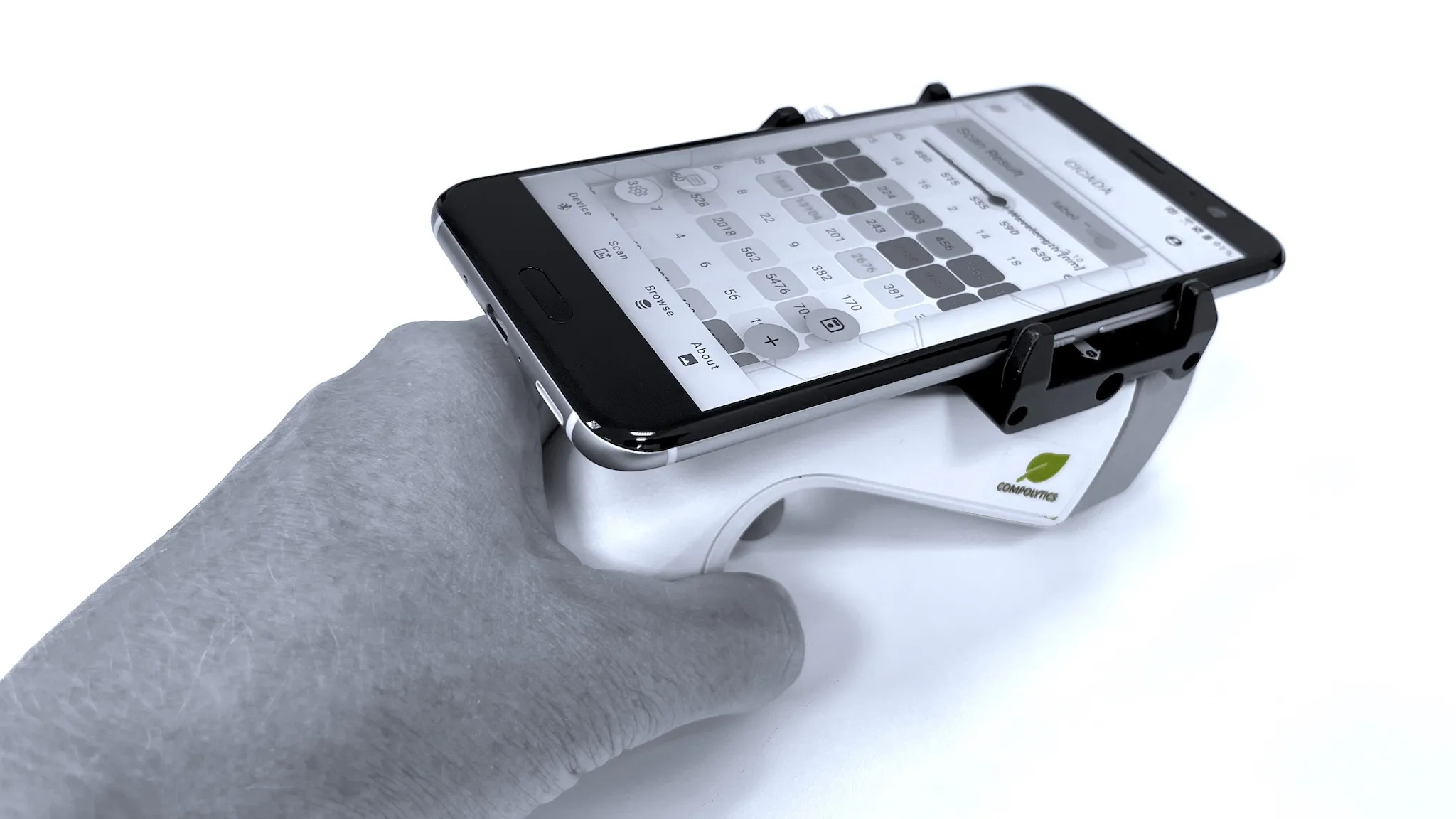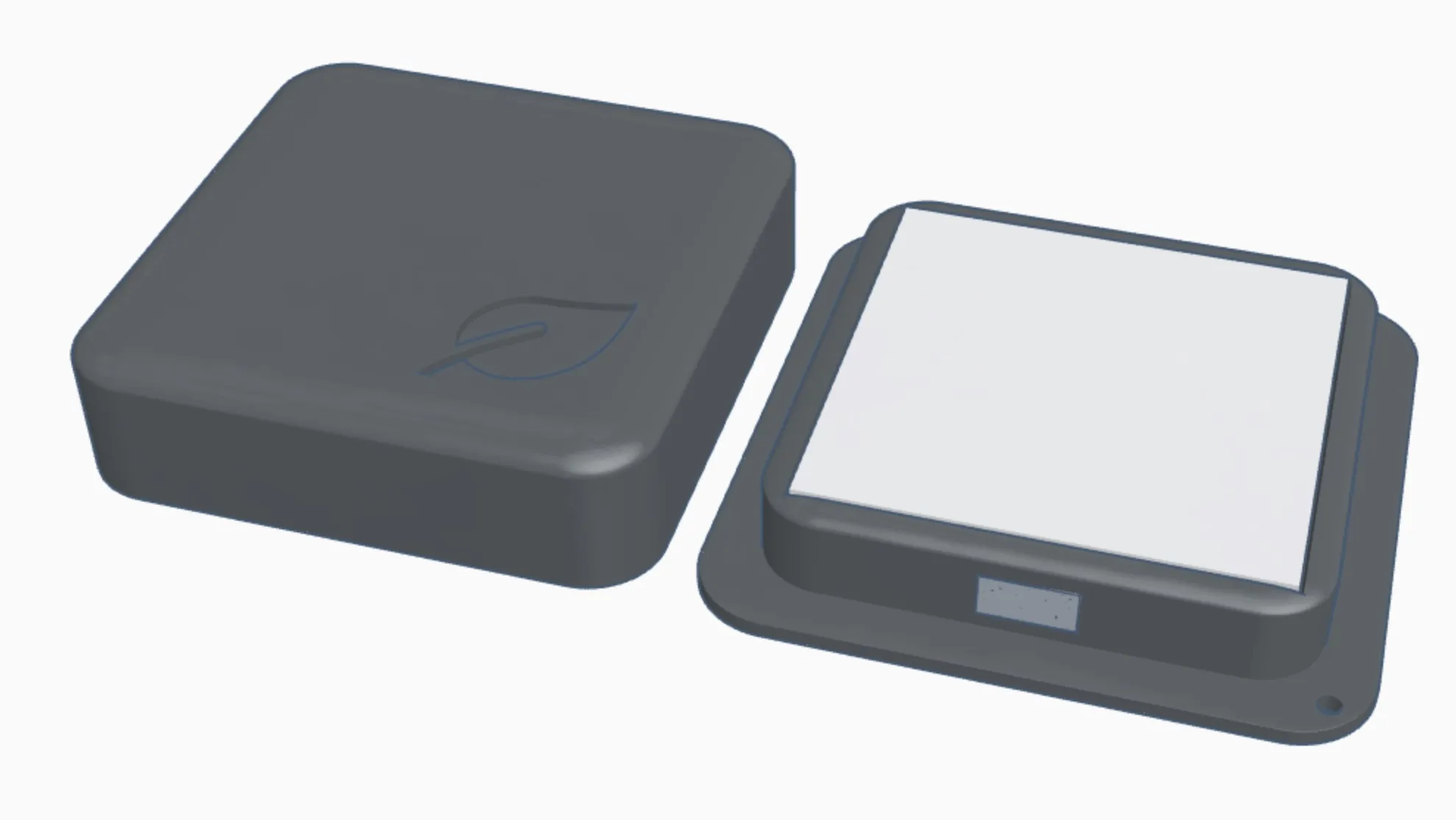Spectral-optical sensors are powerful tools for analysing materials and processes — from agriculture to industrial quality control. But like any measurement system, their accuracy depends not only on the sensor itself, but also on how well it is calibrated.
Without proper calibration, results can drift over time, making data harder to compare across samples, instruments, or even different days of measurement. Calibration ensures that every dataset is precise, repeatable, and traceable, so you can trust the insights you generate.
At Compolytics, the calibration step is an integral part of CICADA, the user interface and control software that comes with all our spectral-optical sensors such as the ScanCorder. CICADA guides users seamlessly through calibration routines, ensuring that high-quality reference values are always part of the workflow.
A simple but essential element of this process is the use of reference pads. These serve as a stable standard against which the sensor can adjust its readings. High-quality reference materials are crucial here: they must offer optical neutrality, chemical resistance, and long-term stability to avoid introducing errors themselves.
To support this, Compolytics provides customers with tailored PTFE calibration pads, featured in our product leaflet. These pads give you a reliable reference point and come with a digital calibration certificate for traceability. Together with our sensor systems and CICADA software, they form the foundation for consistent, high-quality measurements.


